There was a time when the scope of Interior design was left spotless. Hardly do people want to spend money and time on interior designs or decorations. Everyone belief, commercial buildings or big mansions were the only places
The whole design procedure is all about propelling the home more functional by managing the space inside. When you glance at an incredible house, you may not necessarily think of the undertakings put on to accomplish it. Even though it looks simple from the outside, home interior designing is a long and complicated process. But, any complicated procedure can be simplified by making the right decisions, following the correct steps, and working towards a goal.
The convenience and visual is not only impacted by matching furniture in the room. The arrangement of furniture, lamps, plants and different supporting components is also a determining factor. To avoid a bad layout that results in inconvenience, the following are some tips:
Space & Requirement
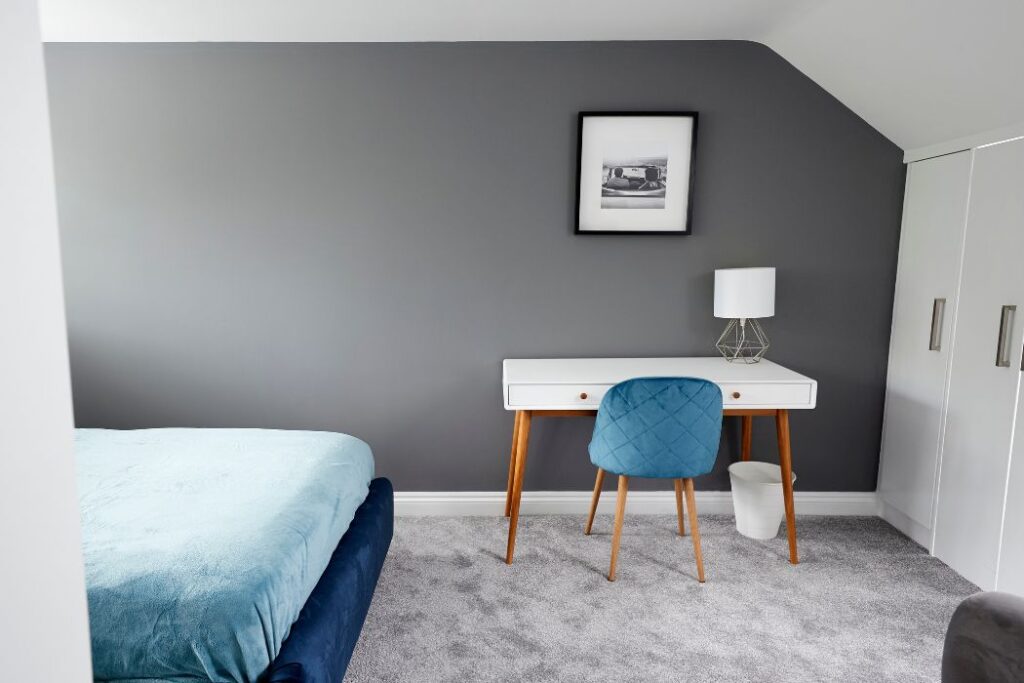
The first step in developing a good layout is to understand the size of the space itself. The interior designer’s first function is to understand the space and the requirements of each room. Measuring the width of the door, the hallway, and the stairs to change positions of the furniture into the rooms is essential as well.
Most of you might be having a good idea of how your home interior should look like. But as you pay more attention to the details, the more problematic it becomes to understand. In circumstances like this, you are not the only one who struggles to picture the outcome. However, consulting a professional designer just might solve the problem for you. Put together a list of your requirements, and take a copy of the floor plan. Hand over the copy of the floor plan and other details to the designer, clarify your requirements, and budget in detail. Make sure that he or she understands your requirements and notions clearly.
You can also have a look at the display specimens, and if you find them interesting, ask them to customize them further as per your wishes. Plan your home interiors with an apparent vision and you can share your opinions with an interior designer to help you further.
Plan The Budget
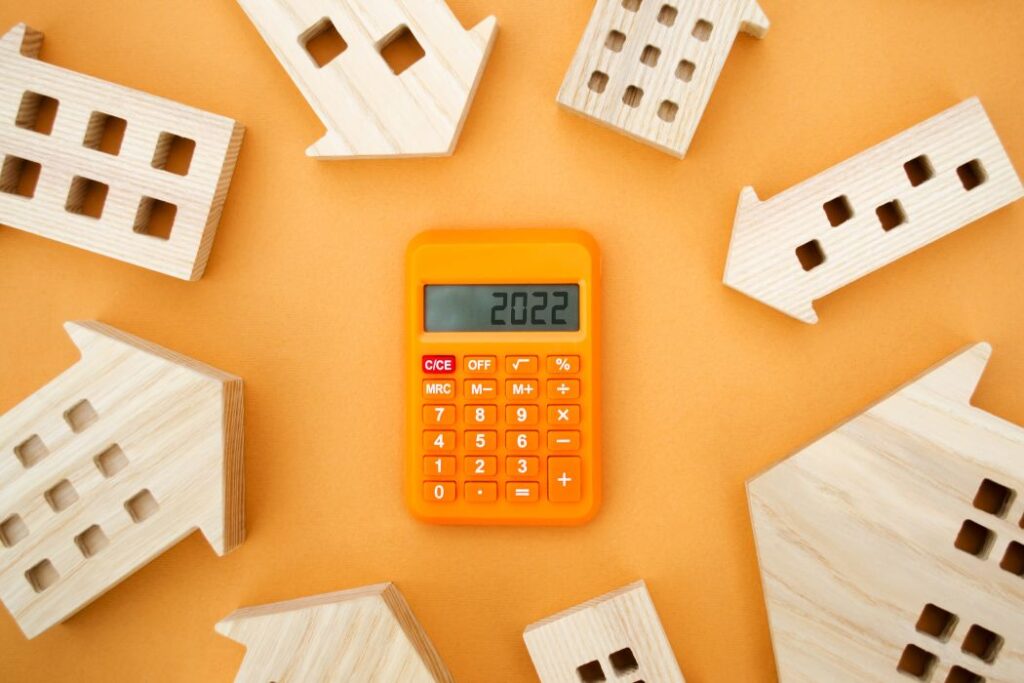
Next is to fix a budget for your home interiors. A budget is a must if you like to keep your remodel/redesign under control.
Prioritize your expenses into “must-haves,” “nice to have,” and “not a priority.” Then pencil out roughly how much those items will cost. Begin with developing a spreadsheet where you input line items for each and every element of a project. Maintain your spreadsheet updated so you know where you are budget and cash-flow wise. Always add in an extra 10% for cost overruns.
You don’t have to spend much money on the interiors of your home. Once you’ve fixed your budget, stick to it. Don’t be persuaded to deviate from your budget mid-project with “It sure would be nice if”. This is how budgets get whacked. Unless you can certainly and totally afford it, don’t do it.
Designing The Layout

This is the major step of the interior designing process. Design Development is a blend of interior architecture and creative thinking. This is a little of a chicken or egg scenario and can be done either before or after the next section on selecting foundation furniture.
The designer evaluates the floor plan completely, note down the rooms where he can fulfil the needs. In most cases, a visit to the location is necessary to confirm the measurements and other elements. Then, based on the requirements and original measurements, he or she formulates the designs layouts. An interior designer will provide you with a design blueprint or a virtual design of your room. Once you are delighted with the layout, ask for an estimate to implement the design. This will enable you to understand the usage and the proportions of the room. The visuals will transform into reality once the process commences.
Ceiling Design

Have you ever wondered, what is that one thing that immediately catches the eyes of the guests who come to your house? Let me tell you straight forward, It is the ceilings.
Think of the necessary style statement in every upper-class house to have a chandelier positioned in the centre of the ceilings? As time passed this trend was reinstated by PoP designs on the ceilings and now this has been replaced by a false ceiling. Most times, living rooms, dining rooms and bedrooms want daintiness in-ceiling design because they are either a place for family get-togethers or relaxation.
A false ceiling is usually created one foot below the real ceiling. The electrical ducts and points are fixed through this false ceiling. It has become a significant part of contemporary home interior designing. Apart from concealing the crucial infrastructure like plumbing pipes and electrical wires, it enhances the design of the room. False ceilings minimise the want for air conditioning, create various looks for the space and so much more. The trick to getting them right is a good ceiling plan and a great sense of aesthetics.
Floor Design
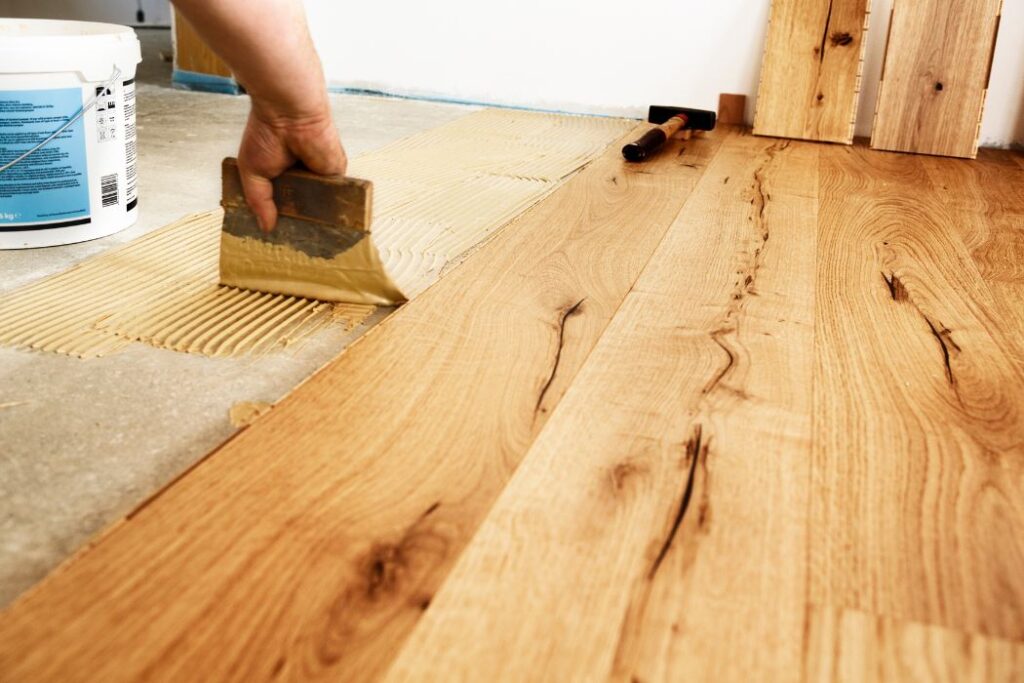
One of the most substantial elements of Interior Designing is Flooring. Choosing the right flooring can be a little time-consuming task. The significance is such that it can make or break your space with ease. It is normally contemplated to be one of the last resorts in Interior Designing due to its surface.
People think more about the walls and other components that require artistry. But if you carefully look at all the remarkable designs, you will learn that the flooring is done with an embodiment. This is because of the vast surface that has a major influence on its visual perspective and conditions. Therefore, flooring is a manding factor in Interior Designing.
You can select hardwood, laminates, tiles or vinyl. The selection relies on the cost, area and the pros and cons of each option accessible. For example: while agreeing on the bathroom flooring, you should check if the material utilized will make the bathroom floor slippery or not. If the flooring is impractical or improper, the all-around design may not function to its capability. Essentially, the foundation of your design is sure of how well you implement the flooring.
Choosing Colour
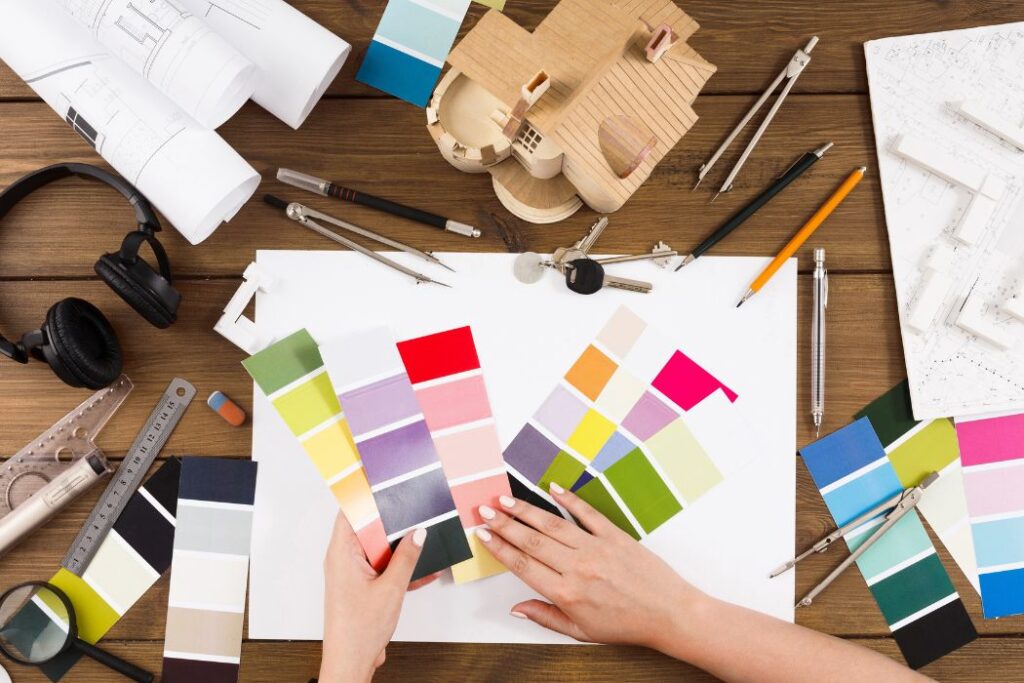
Next, decide on the colours that you need to use in the room. Selecting a colour for your walls is the most fascinating part of the process. Choose colours which will go with the lighting and the furniture. In general, it’s desirable to impede yourself to three colours, and then experiment by using divergences of these and adapting them. Assemble a patchwork of materials in your chosen colourways to enable you to project yourself in your future interior. Color plays a very important role in your home interior as it impact human behavior and bring positive vibes. Read about Psychology of color in interior design and it’s impact on human mental health in detail.
Think back to take into account the furniture, curtains, walls, floors and doors to develop a balanced finish. To help you think about the ensemble, take a couple of photos of your room. That way, you can visualise how the colours and tones will look in the space. Understand the several paint finishes if you need to give the walls a textured finish.
Furniture & Accessories
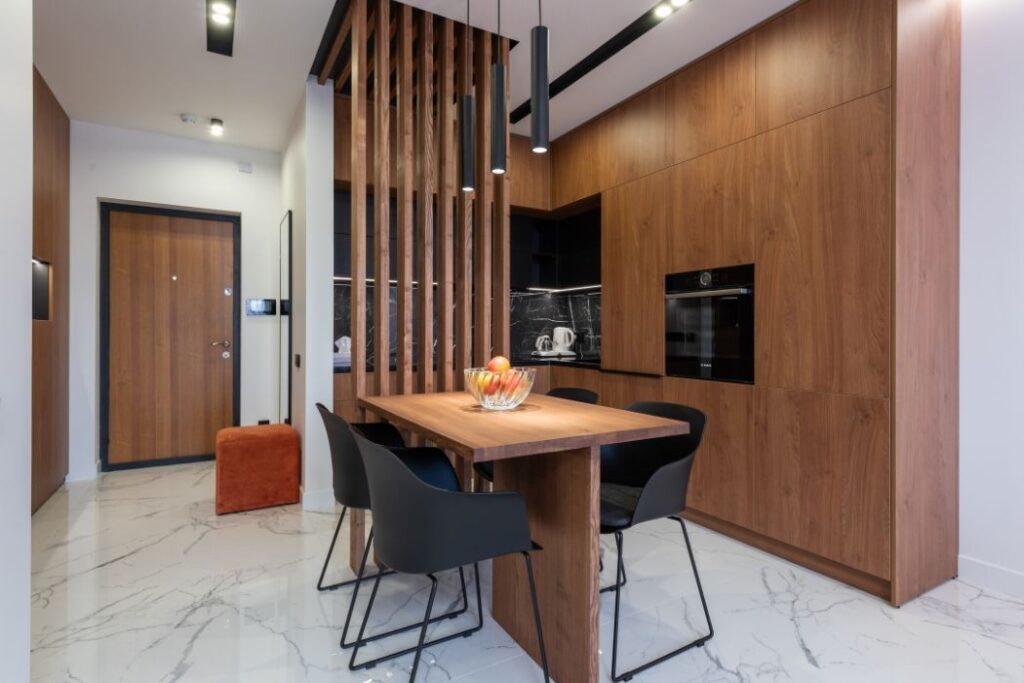
Furnishing is the best and important part of interior designing. Furniture that generally supports the activities in a room must be prioritized. For example, in a family room, the priority is the sofa; and in a bedroom, the preference is the bed. These articles of furniture normally face the room’s major point of attention or may certainly be the points of interest themselves.
Again, which appears first, selecting some furniture possibilities and measuring them in our space, or measuring our space to differentiate rough sizes for furniture. For each room, you can choose unique kinds of accessories. Utilizing colourful accompaniments in your living room and bedroom can intensify the design of the space. The use of numerous textures will bring in fun and joy.
For your bathroom, choose the spigots, and other plumbing fixtures well in advance. This will add some uniqueness to your house.
Please read about the Psychology of Interior Design and its impact on human behavior to know the importance of a good interior and how it connects to your mental health.
